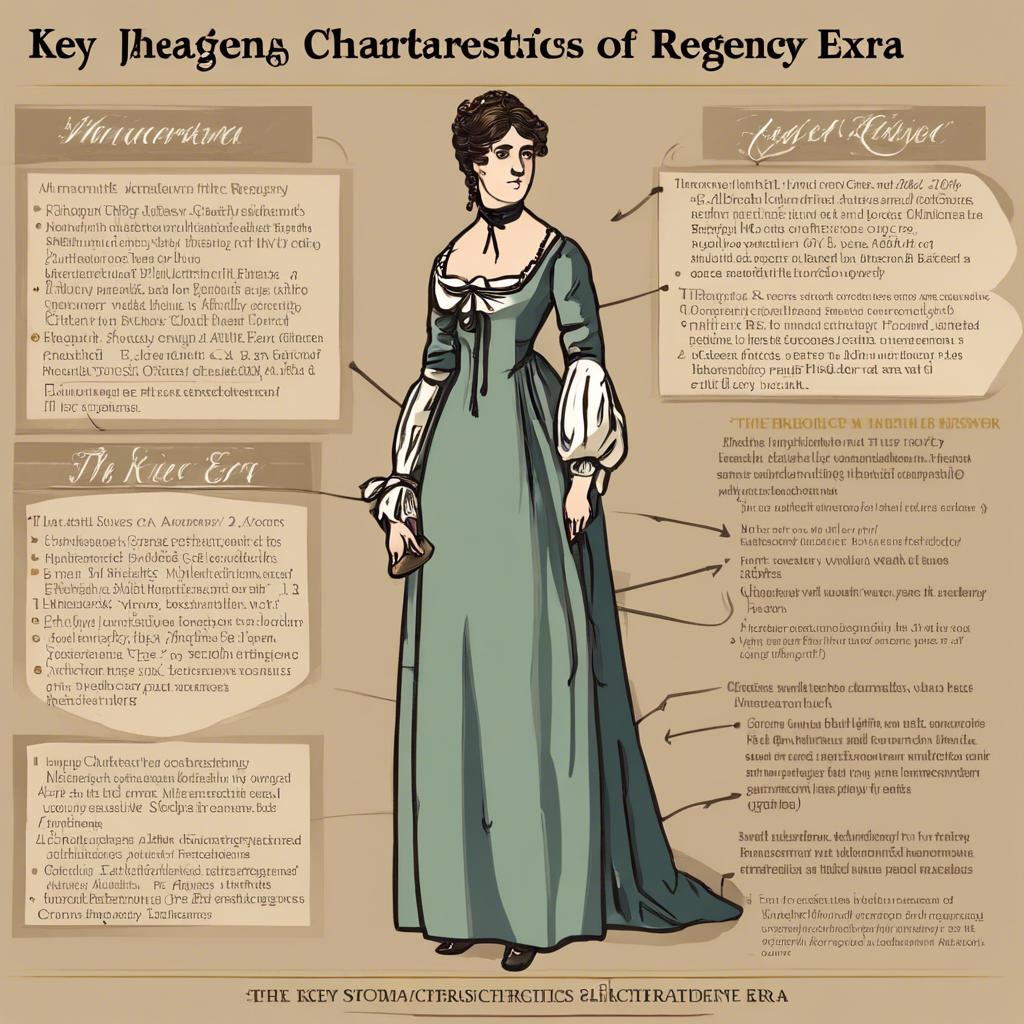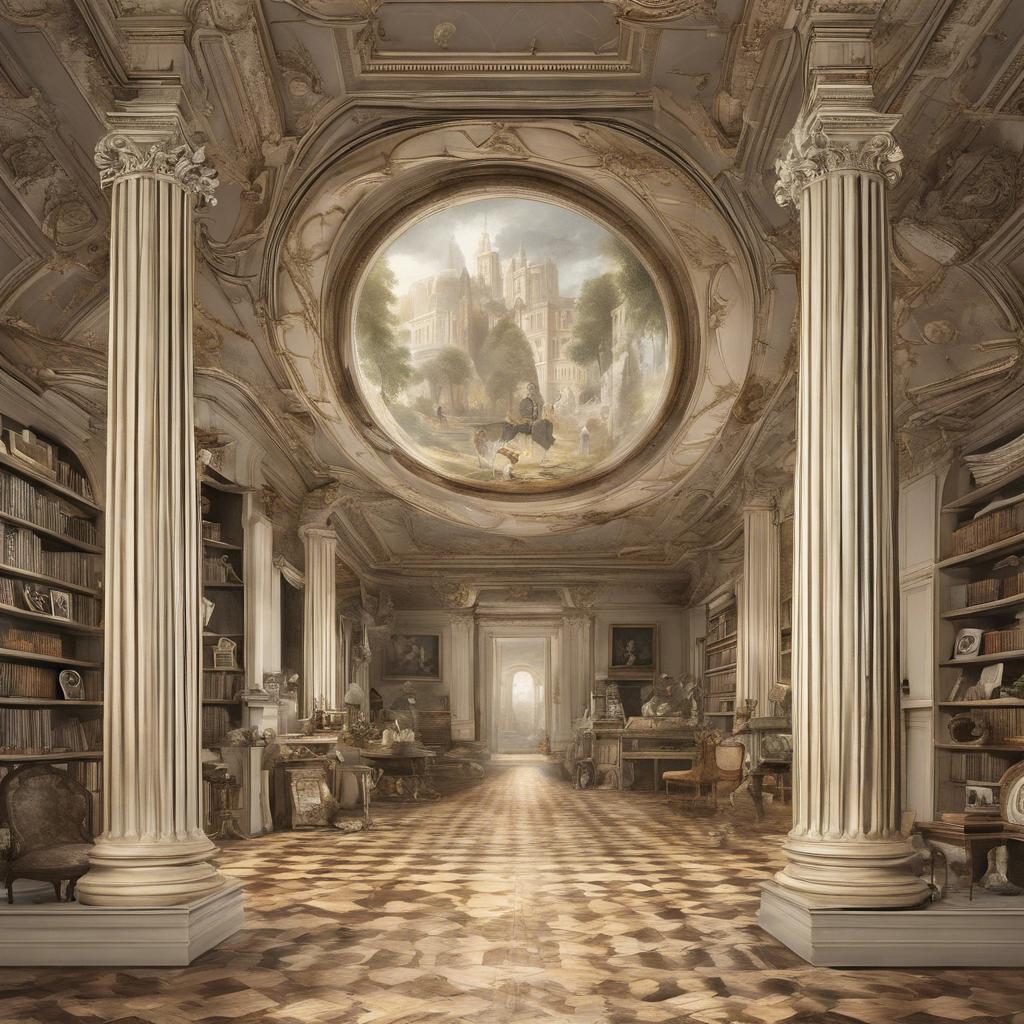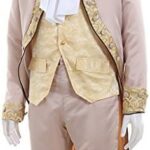The Regency era, spanning from 1811 to 1820, marked a significant period of British history characterized by a unique blend of elegance, extravagance, and political upheaval. This era, named after the Prince Regent who served as ruler in place of his mentally unfit father, King George III, is known for its distinct cultural, social, and political developments that continue to shape modern perceptions of the early 19th century. Join us as we delve into the key aspects that defined the Regency era and explore its lasting legacy on British society and beyond.
Step Into the World of Cheryl Bolen
Dive into the enchanting stories of love, intrigue, and elegance set in the Regency Era. Cheryl Bolen's novels offer timeless romance and captivating tales that will leave you wanting more.
Explore Cheryl Bolen's Books Now
Key Characteristics of the Regency Era
In the Regency Era, England saw a shift in style and culture following the madness of King George III. This period, spanning from 1811 to 1820, was characterized by a focus on elegance, refinement, and luxury. One key characteristic of the Regency Era was the prominence of neoclassical architecture, with buildings featuring Greek and Roman influences in their design.
Another defining feature of the Regency Era was the emphasis on social events and etiquette. High society gatherings, such as balls and soirees, became important avenues for networking and socializing. Fashion also played a significant role during this time, with women’s clothing reflecting a more relaxed and flowing silhouette, highlighted by empire waistlines and delicate fabrics.
Literature flourished in the Regency Era, with the works of Jane Austen becoming iconic representations of the period. Austen’s novels captured the essence of Regency society, focusing on themes of love, class, and societal expectations. Additionally, advancements in technology and industry began to shape daily life, with innovations such as the steam engine paving the way for the Industrial Revolution.
The Influence of Fashion and Society
The Regency era, spanning from 1811 to 1820, is often characterized by its unique fashion choices and societal norms. During this time, England was under the rule of King George IV due to the mental incapacity of his father, King George III. The Regency era was known for its elegance, refinement, and cultural advancements, making it a fascinating period to study.
Fashion played a significant role in the Regency era, with women’s clothing evolving to reflect the changing social landscape. Women’s dresses featured high waistlines, flowing fabrics, and delicate embroidery, creating a romantic and ethereal look. Men’s fashion also underwent a transformation, with tailored coats, waistcoats, and breeches becoming popular choices for the fashionable gentleman.
Society during the Regency era was marked by strict etiquette and social hierarchy. Balls, dinners, and social gatherings were common, providing opportunities for individuals to showcase their wealth and status. The aristocracy held significant influence over society, with elaborate codes of conduct governing interactions between different social classes. Additionally, the Regency era saw the rise of the Romantic movement in literature and art, emphasizing emotion, individualism, and nature.
Literary and Artistic Flourish during the Regency
During the Regency era, there was a notable literary and artistic flourish that captured the essence of the time. The period from 1811 to 1820, when King George III was deemed unfit to rule and his son, the Prince of Wales, acted as Prince Regent, saw a surge in creativity and cultural vibrancy. Writers and artists of the time embraced the spirit of rebellion and revolution, leading to a distinctive style that characterized the Regency era.
In literature, romanticism was at its peak, with authors such as Jane Austen, Lord Byron, and Sir Walter Scott producing some of their most iconic works. These writers explored themes of love, nature, and individualism, creating timeless classics that still resonate with readers today. The Regency era was also known for the rise of gothic literature, with authors like Mary Shelley captivating audiences with tales of horror and suspense.
Artistically, the Regency era was marked by a fascination with the natural world and a renewed interest in classical forms. Painters like J.M.W. Turner and John Constable captured the beauty of the landscape in vivid detail, while architects like John Nash redefined the urban landscape with grandiose buildings and elegant structures. The Regency era was a time of innovation and creativity, where artists and writers pushed the boundaries of tradition to create works that would stand the test of time.
Regency Politics and Political Reforms
In the Regency era, which lasted from 1811 to 1820, England was known for its political turmoil and the need for significant political reforms. This period marked the reign of King George IV, who ruled as Prince Regent due to his father’s incapacity. The Regency era was characterized by a growing dissatisfaction with the political system, leading to calls for change and reform.
One of the key issues during the Regency era was the lack of representation in Parliament, as well as widespread corruption and nepotism among politicians. This led to a push for electoral reform, with demands for a more democratic system that would give a voice to a broader section of society. Political figures such as Henry Hunt and Lord Grey became prominent advocates for reform, calling for universal suffrage and the elimination of so-called “rotten boroughs.”
Despite facing resistance from the established political elite, the push for reform during the Regency era laid the foundations for significant changes in the political landscape of England. The passing of the Reform Act of 1832 was a direct result of the calls for reform during this period, leading to a more representative and responsive political system. The Regency era thus left a lasting impact on the political history of England.
Insights and Conclusions
the Regency era was a time of significant social, political, and cultural change in British history. Known for its opulence and extravagance, this period also saw the rise of influential figures such as King George IV and Jane Austen. The Regency era is remembered for its grand balls, elegant fashion, and vibrant arts, leaving a lasting impact on the society and culture of the time. As we reflect on this era, we are reminded of the intricate complexities and rich tapestry of history that continue to shape our understanding of the past.


